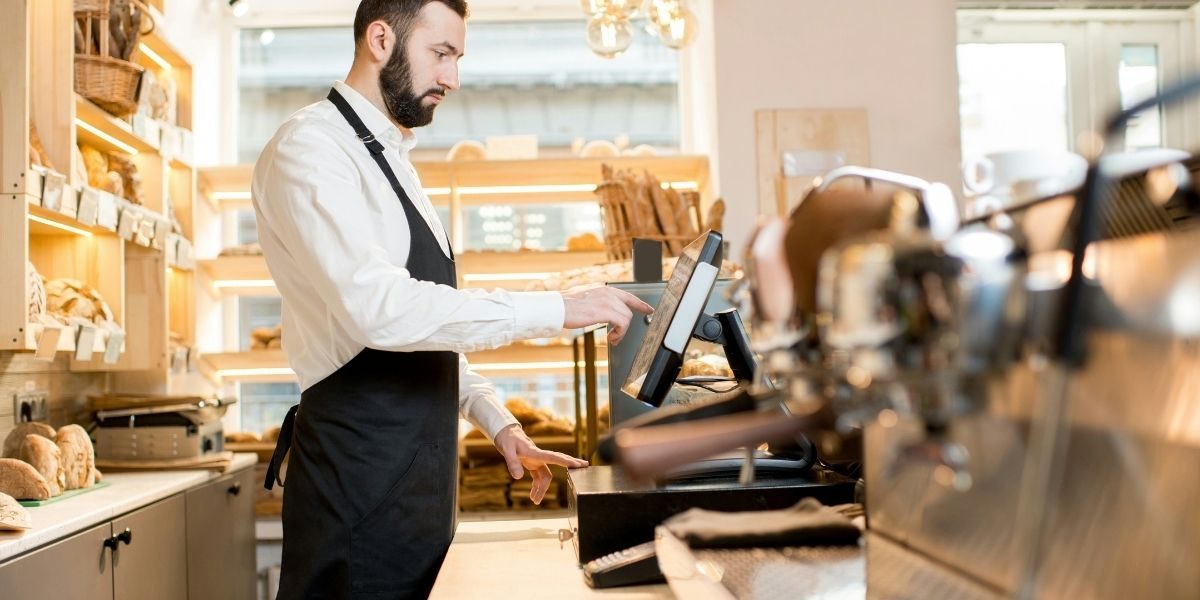The dilemma of opening cafes in New York sits at the crossroads of charm and challenge. The mental picture is alluring: a corner space where the scent of roasted coffee blends with the hum of the city, a place that feels like both a daily habit and a personal escape. Yet the daydream often collides with reality the moment the search for a location begins or the first rent figure appears on a lease. The balance between a warm, welcoming vision and the cold arithmetic of running a business in this city is what makes the decision so complex.
For many, the attraction stems from the cultural importance of cafes as social anchors. These are spaces where people pause between meetings, neighbors cross paths, and strangers share a quiet table in mutual retreat from the noise outside. But that romantic draw comes with relentless pressures, both visible and hidden, that can be daunting to anyone thinking seriously about stepping into the café business.
The Cost of Space and Survival
One of the first hurdles is simply securing a space. Rent in New York consistently ranks among the highest in the country, and landlords often expect long-term leases that lock operators into steep monthly payments. The most desirable neighborhoods, those with steady streams of pedestrians, commuters, or nearby offices, command prices that can quickly devour a startup budget.
Operating costs extend well beyond the lease. Utilities in older buildings can fluctuate dramatically with the season, insurance adds another recurring bill, and quality ingredients carry their own significant expense. Operators must constantly adjust pricing to cover these costs without alienating customers sensitive to even slight increases. Staffing also presents a constant test. Competitive wages are essential to attract and retain baristas who can balance speed, accuracy, and hospitality during high-pressure rush hours, but payroll is one of the largest ongoing expenses. By the time all these factors are in play, margins can be uncomfortably tight.
Regulations and Red Tape
Another layer of complexity comes from the city’s regulatory framework. Opening a café requires navigating a sequence of permits and approvals, each with its own rules, fees, and inspection processes. Health department certifications, signage regulations, fire safety requirements, and zoning compliance all demand attention before a single coffee can be poured for a paying customer.
While these measures are designed to maintain safety and quality, the process can stretch timelines far beyond initial projections. Applicants often discover that small oversights, a mislabeled diagram, a minor code update, can stall progress for weeks. Even experienced operators sometimes find themselves making repeated trips to government offices to resolve details that seemed minor on paper but hold real weight in practice. This procedural grind can leave newcomers feeling like the business side is standing still even as rent continues to accrue.
Adapting to Cultural Shifts
Café culture in New York is not static. Over the last decade, consumer habits have shifted in ways that affect both revenue and operations. A once-reliable base of commuters who stopped in daily has been altered by remote and hybrid work patterns, moving demand away from certain business districts and into residential areas. Delivery platforms, mobile ordering, and cashless payments have expanded the reach of some cafés while increasing operational costs for others.

Outdoor seating became a visible adaptation during the pandemic, transforming sidewalks and reclaimed parking spaces into lively extensions of indoor service. While popular with customers, these setups require investment in furniture, coverings, and seasonal upkeep. Not every operator has found the balance between the extra draw and the extra cost. The dilemma lies in adjusting quickly enough to meet new expectations without stretching resources past their limit.
Why the Risk Still Appeals
For many, the pull of opening a café in New York outweighs the practical deterrents. At its best, a café is more than a transaction point. It can become a fixture of daily life, where regulars are known by their orders, students quietly prepare for exams, and casual conversations turn into lasting connections. In some neighborhoods, the café fills a role that few other spaces provide, an accessible, welcoming place that does not require an agenda to enter.
That sense of purpose can make the gamble feel worth it. There is a belief among certain operators that with the right combination of menu, location, atmosphere, and adaptability, a café can both survive and matter. The reality is that many do not last beyond a few years, yet stories of those that thrive continue to draw new entrants into the market.
The Emotional Side of the Challenge
Running a café in New York is not purely a matter of numbers and logistics. There is an emotional weight to the daily responsibilities. Owners often invest personal savings to launch their vision, sometimes leaving behind more predictable careers. The day-to-day swings, from a bustling morning rush to a slow, rainy afternoon, can bring optimism and anxiety in equal measure. The constant awareness of rent deadlines, staff needs, and customer satisfaction can create a pressure that is as much about endurance as skill.
It is easy to understand how someone could feel both deeply connected to their café and worn down by the strain of keeping it open. The dilemma is not just whether the business will work on paper, but whether the personal cost is worth the satisfaction of running it.
Looking Ahead with Caution and Creativity
The long-term viability of cafés in New York may rest on a mix of cautious planning and creative problem-solving. Those able to adapt menus to shifting tastes, use their spaces for multiple purposes, and maintain a meaningful presence in their communities are often better positioned to withstand economic swings. While competition remains fierce, there is also room for niche approaches that speak to specific neighborhoods or customer groups.
The dilemma of opening cafes in New York is unlikely to vanish. It is a venture that demands more than a passion for coffee, it requires financial stamina, operational discipline, and the ability to read and respond to subtle shifts in the city’s rhythms. For those who choose to take it on, the process becomes not just a business effort but a test of resilience, adaptability, and commitment to a space that, with enough care, can become part of the city’s daily heartbeat.
















